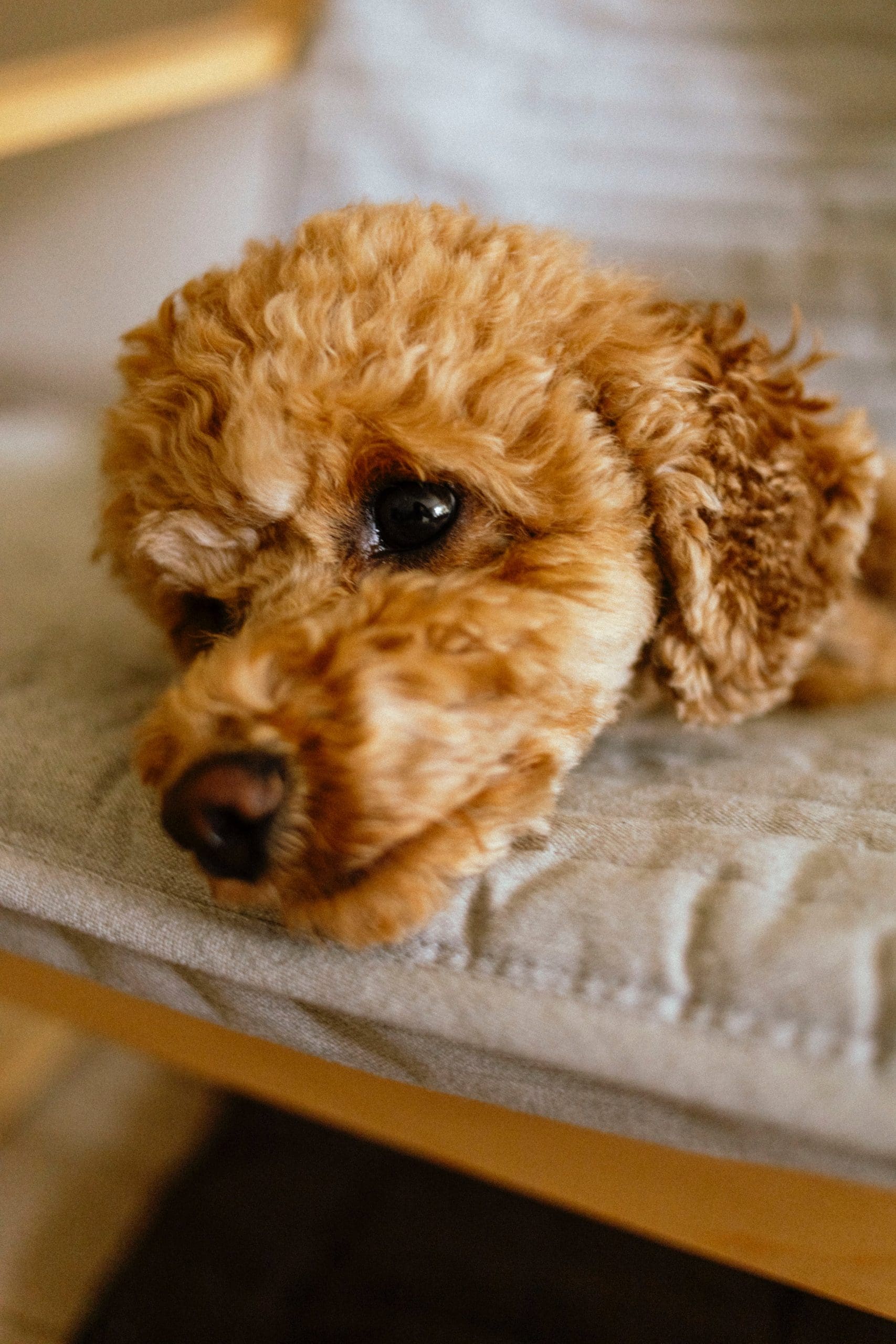
Understand your dog’s behavior
Before starting the potty training process, it’s crucial to understand your dog’s behavior. Dogs have a natural instinct to keep their living area clean, so they won’t eliminate where they sleep or eat. However, they need guidance to learn the appropriate place to relieve themselves. By observing your dog’s behavior, you can anticipate their needs and create a suitable routine.
Establish a consistent routine
Consistency is key when it comes to potty training. Dogs thrive on routine, so establishing a set schedule for feeding, exercise, and bathroom breaks will help them understand when and where they should go. Take your dog outside to their designated potty spot at regular intervals throughout the day, especially after meals, playtime, and naps. Be patient and give your dog enough time to do their business.
Choose a designated potty spot
Selecting a specific area for your dog to relieve themselves is essential. This helps them associate that spot with going potty. When choosing the spot, consider accessibility and convenience for both you and your dog. Make sure it’s easily accessible and somewhere you can consistently take them without any distractions. Over time, the scent will help remind your dog that it’s the appropriate place to eliminate.
Use positive reinforcement
Positive reinforcement is a powerful tool when training your dog. Whenever your furry companion successfully goes potty in the designated area, praise and reward them with treats, verbal praise, or a favorite toy. This positive association will motivate them to repeat the behavior. Conversely, avoid scolding or punishing your dog for accidents. Positive reinforcement works much better in shaping their behavior.
Supervise and manage your dog’s environment
During the initial stages of potty training, it’s crucial to closely supervise your dog. Keep them within eyesight whenever possible, especially when they are not in their crate or designated potty area. This allows you to catch any signs that they need to go potty, such as sniffing around or circling. Additionally, managing their environment by limiting access to certain areas of the house can prevent accidents and aid in successful training.
Clean up accidents properly
Accidents happen, especially during the early stages of potty training. When accidents occur, it’s important to clean them up properly to eliminate any lingering odors. Dogs have a powerful sense of smell, and if they can still detect their scent, they may be more likely to eliminate in that spot again. Use an enzymatic cleaner to thoroughly clean the affected area and remove any traces of odor.
Be patient and consistent
Potty training takes time and patience. Every dog is different, and some may learn faster than others. It’s important to remain consistent, even if there are setbacks along the way. Remember that accidents are part of the learning process, so don’t get discouraged. With dedication, positive reinforcement, and a consistent routine, your dog will eventually understand where and when to go potty.
Potty training your dog requires time, effort, and consistency, but it’s an essential aspect of responsible pet ownership. By understanding your dog’s behavior, establishing a routine, using positive reinforcement, supervising their activities, and maintaining a clean environment, you can successfully potty train your furry friend. Remember to be patient, as every dog learns at their own pace. With your guidance and support, your dog will master this important skill, leading to a happier and cleaner home for everyone.
[/fusion_text]

